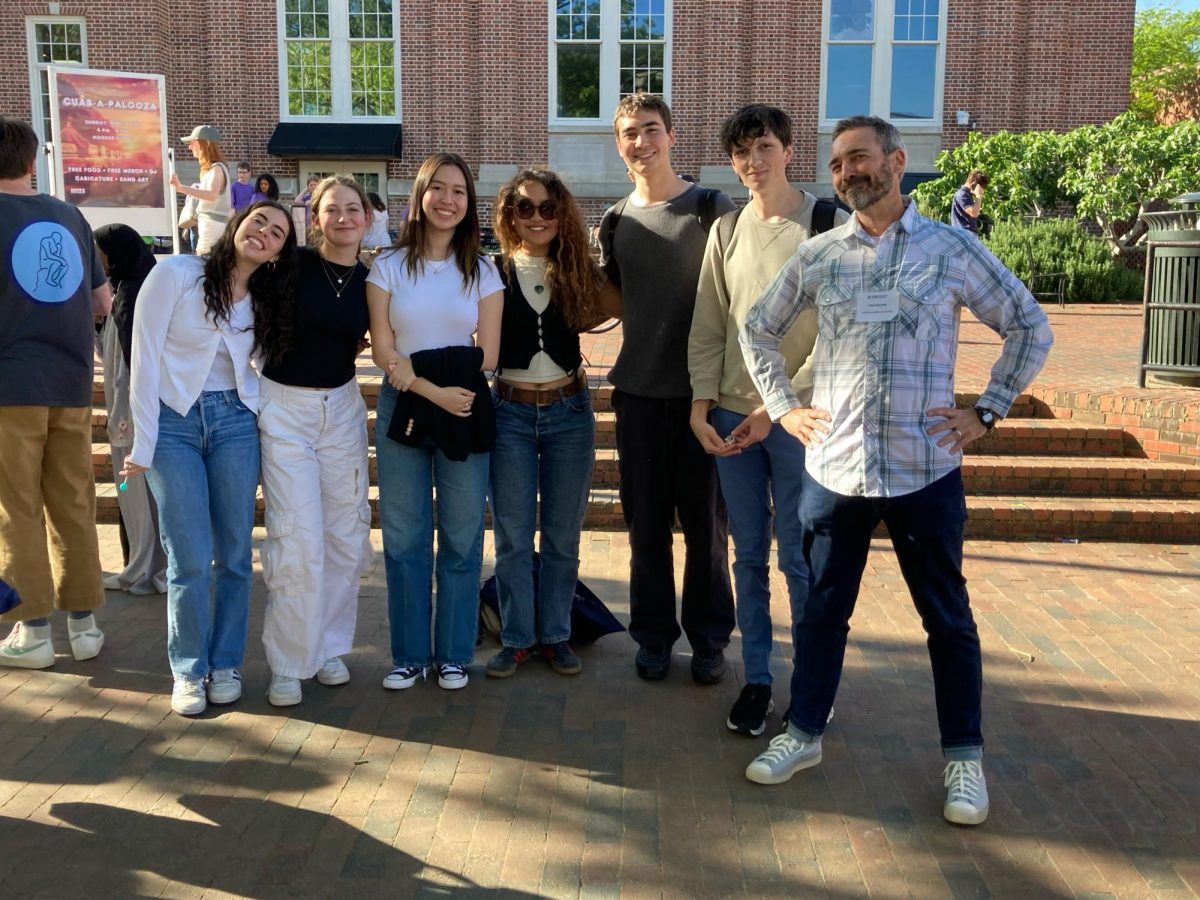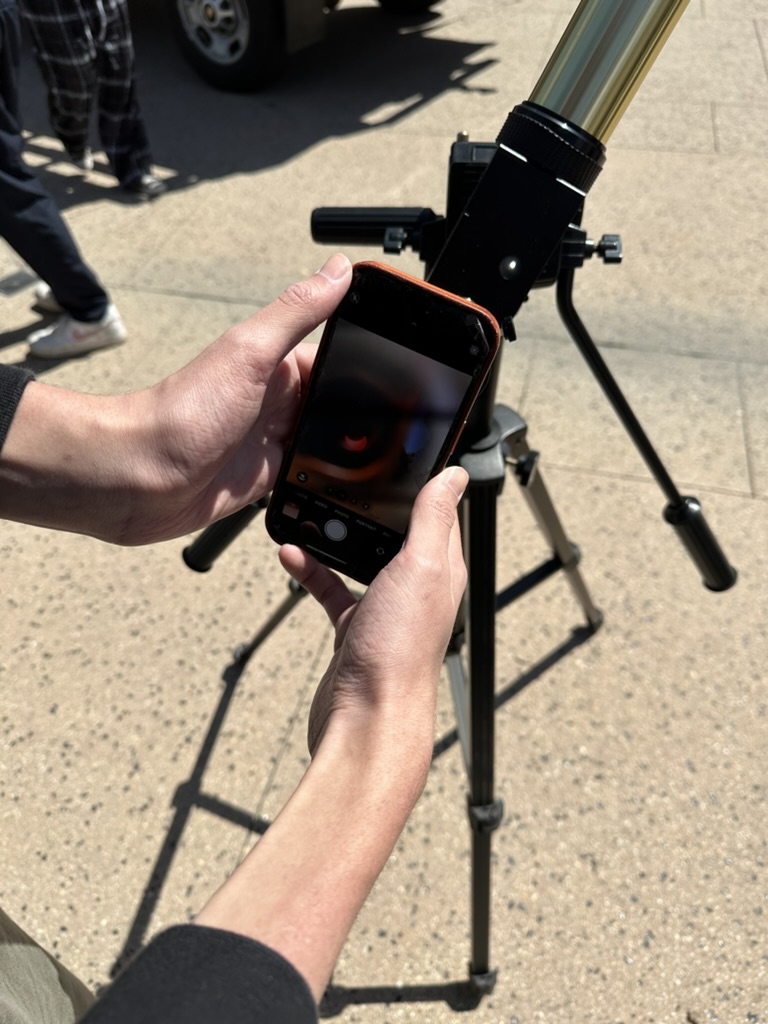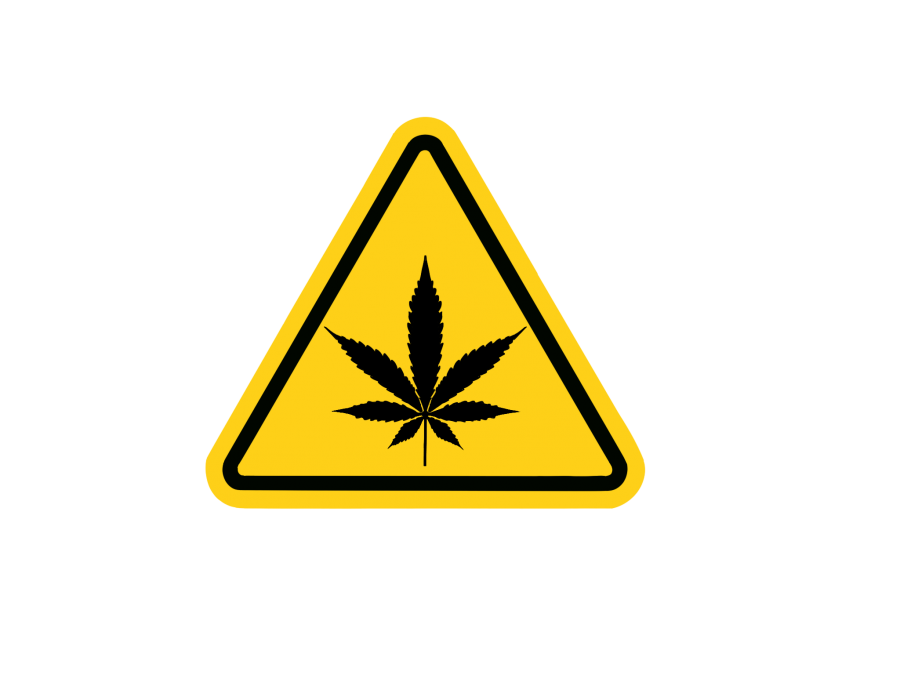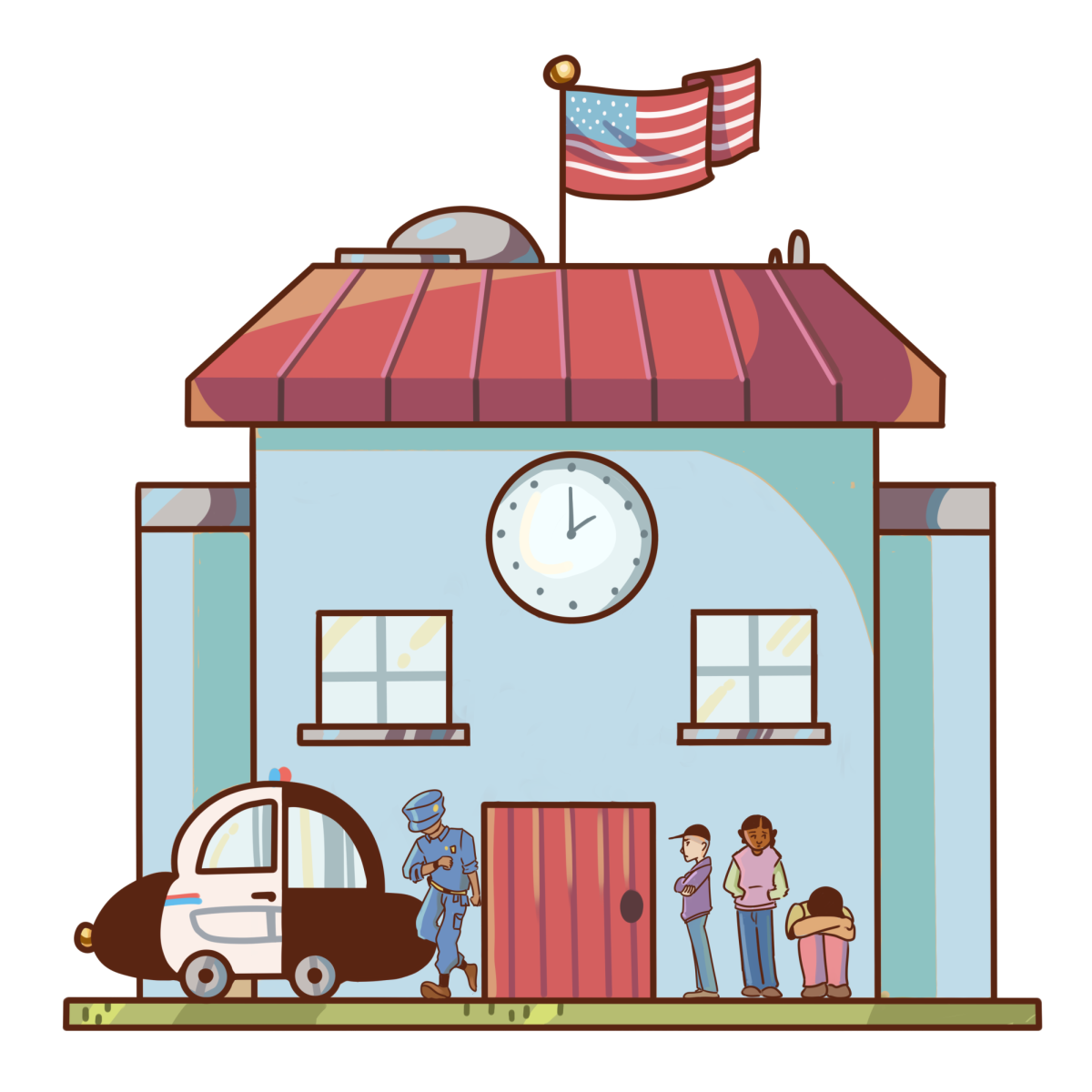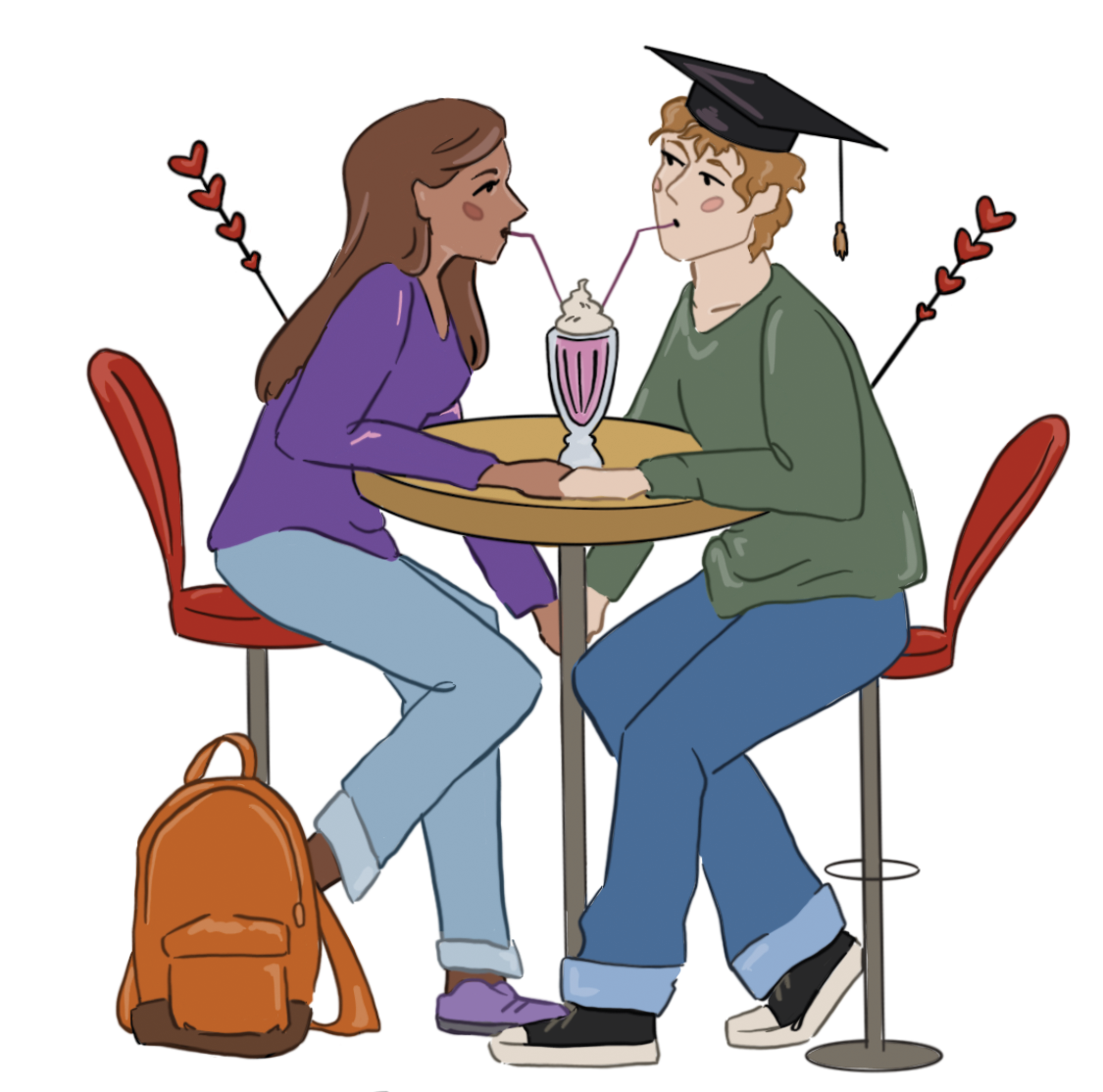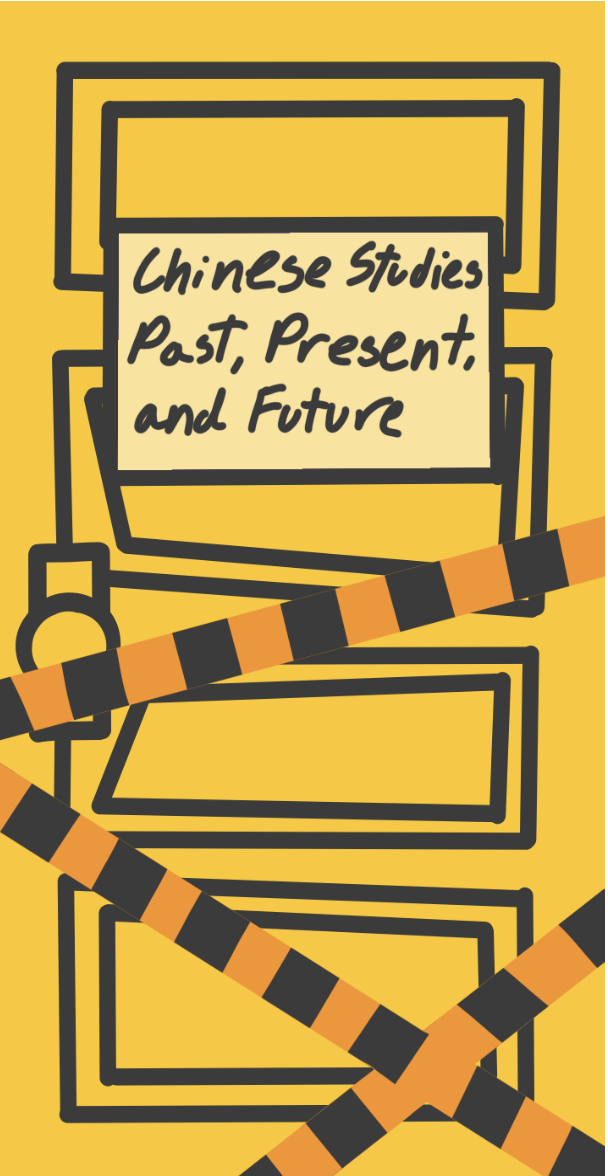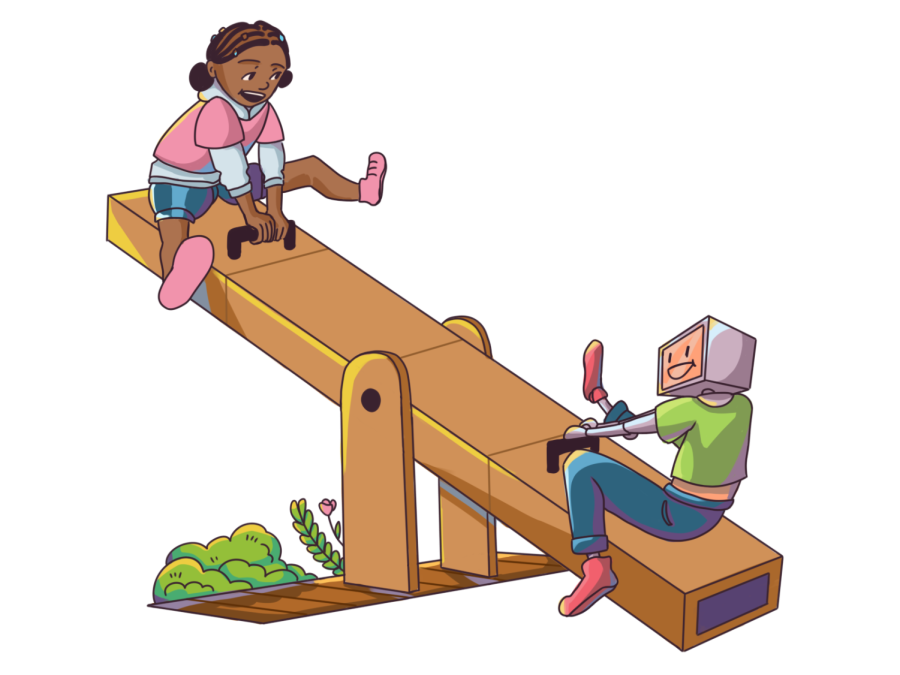Like any teenager before the COVID-19 pandemic, Adam* ’21 followed a nightly routine of completing homework, brushing his teeth, scrolling through Instagram and falling asleep. His regimen changed during quarantine when he began taking hits from his favorite birthday cake-flavored Stiizy, a marijuana electronic cigarette, every night. Smoking before falling asleep provided him with the necessary high to get through his summer job working at an office the next day, Adam said.
Marijuana has become an outlet for teenagers and young adults during quarantine. Those between the ages of 18 and 29 make up the largest group of marijuana smokers as of 2019, according to Statista. Throughout March, marijuana dispensaries saw a 42.1% increase in sales specifically among Generation Z, those born between the mid to late 1990s and early 2010s, according to Headset, a marijuana analytics company.
“I was working a job, and I would come to work high because I did not want to be there, but I also wanted to get paid,” Adam said. “I was probably smoking every other day in quarantine, compared to once a week or every two weeks.”
Local demand for marijuana has skyrocketed during the coronavirus pandemic, as cannabis dispensaries were deemed essential businesses in California. In 2019, the United States marijuana industry was worth approximately $13.6 billion and employed around 340,000 individuals, according to Investopedia. Every year, the industry continues to grow in popularity, with investors pouring millions into the production process.
Weedmaps, the largest technology company in the legal cannabis economy, connects consumers to marijuana retailers. The business has seen a massive increase in sales during the COVID-19 quarantine, Chief Marketing Officer at Weedmaps Juanjo Feijoo said.
“Weedmaps has recorded a significant spike in sales since the shelter-in-place order was implemented in mid-March,” Feijoo said. “There was a 348% increase in the number of orders processed from March to July 2020, when compared to the same period in 2019.”
The company also recorded the highest single-day volume in the company’s history this year April 20, a national holiday in cannabis culture. Orders processed through the company this year reflected a 434% increase compared to the same day last year, Feijoo said.
Feijoo attributed this rise in sales to individuals needing cannabis for medical use.
“Arguably the most important issue is that there are many who depend on cannabis for their medicinal needs, so much like one would go to their pharmacy to stock up on their prescriptions, these consumers are taking the necessary steps to ensure access to their cannabis medicine,” Feijoo said.
Students said they began purchasing and smoking marijuana more frequently after transferring to online learning. They said smoking relieves stress induced by virtual schooling and fills the time they no longer spend socializing.
*Robert ’20 said he has shown up to his online classes high on marijuana almost every day.
“Before quarantine, I was smoking once or twice a week, and then once quarantine started, I would wake up and show up to class every single day high,” Robert said. “I know people that would smoke blunts on Zoom. The seniors didn’t care at the end of the year. I had a friend that showed up to class smoking a blunt, claiming it was a cigar, and the teacher did not care.”
According to Headset, 31.7% more women purchased cannabis from dispensaries through March. Yet males account for two-thirds of cannabis sales, which may have caused women to stock up on cannabis at the beginning of quarantine, Headset reported.
Former Chronicle Senior Staff Writer Lee Nichols ’20 said she noticed that her friends, confined in their homes, began smoking more to escape the reality of the pandemic. According to a school poll, 25% of students at the school have increased or noticed an increase of marijuana consumption during quarantine.
“There was definitely a trend of people picking up smoking as a hobby,” Nichols said. “The days were longer, and people were much more anxious and nervous compared to usual. The culture of quarantine turned into getting messed up everyday.”
Interdisciplinary Studies and Independent Research teacher and Head of Peer Support Tina McGraw said the mandatory lockdown led to teens isolating themselves, potentially leading to dangerous behavior.
“For many young people, school, sports, socializing and recreation serve as protective factors against unhealthy behaviors,” McGraw said. “When the mandatory lockdown started, it isolated young people from many of the activities that were most important to them. That void likely created more time to fill and triggered difficult emotions. For many, drug use is an unhealthy coping mechanism, and it is likely that some turned to marijuana during the pandemic for these reasons.”
The Washington, Oregon, Nevada, Colorado, Alaska, Illinois, Minnesota and California state governments allowed cannabis dispensaries to sell marijuana recreationally and medically, causing sales to rise rapidly during the pandemic, according to Marketplace.
A cannabis cultivator and growth advisor in Los Angeles and Portland, Yan** said that those battling anxiety alleviated their worries by smoking cannabis.
“Due to marijuana being a federally protected substance, people felt safer knowing that dispensaries were essential businesses,” Yan said. “This gave people the peace of mind to go out and try to give themselves peace of mind in order to sleep and settle their anxieties. The pandemic spiked sleeping and anxiety issues, which made people seek relief.”
Robert also said that his friends who sold marijuana frequently ran out of products in their inventory because so many teenagers and young adults were smoking.
“I know a few people that sell marijuana and said that quarantine did great things to their inventory,” Robert said. “One said that at the beginning of quarantine he [had] sold out of a month and half’s supply of pot in a week or two.”
Yan attributed the success of dispensaries to their status as essential businesses.
“When everything was closed, yet somehow cannabis dispensaries were open and essential, [this] sparked an interest in a new group of people that had probably never tried cannabis or [were] previously worried that it was federally prohibited,” Yan said.
Former Chronicle Business Manager Zack Schwartz ’20 has a Med Card, or medical cannabis card, a license signed by doctors that allows patients to legally obtain and own marijuana for medical purposes. Similar to Yan, Schwartz said he supports the use of marijuana to relieve worries.
“I have a Med Card for my anxiety because marijuana was helping me,” Schwartz said. “It was a very easy process to get one, and a lot of people have one. For me, it wasn’t about acquiring marijuana; the card acts like more of a safety mechanism.”
McGraw said that using smoking to cope with circumstances can be dangerous in the long run and may lead to future chemical dependencies.
“Young adults need to develop healthy coping mechanisms for dealing with emotional pain and stress,” McGraw said. “Drug and alcohol use is dangerous for the teenage brain and can lead to terrible and unintended consequences. Ultimately, smoking marijuana amplifies mental health issues in the long run and should be avoided by adolescents.”
*Names have been changed

